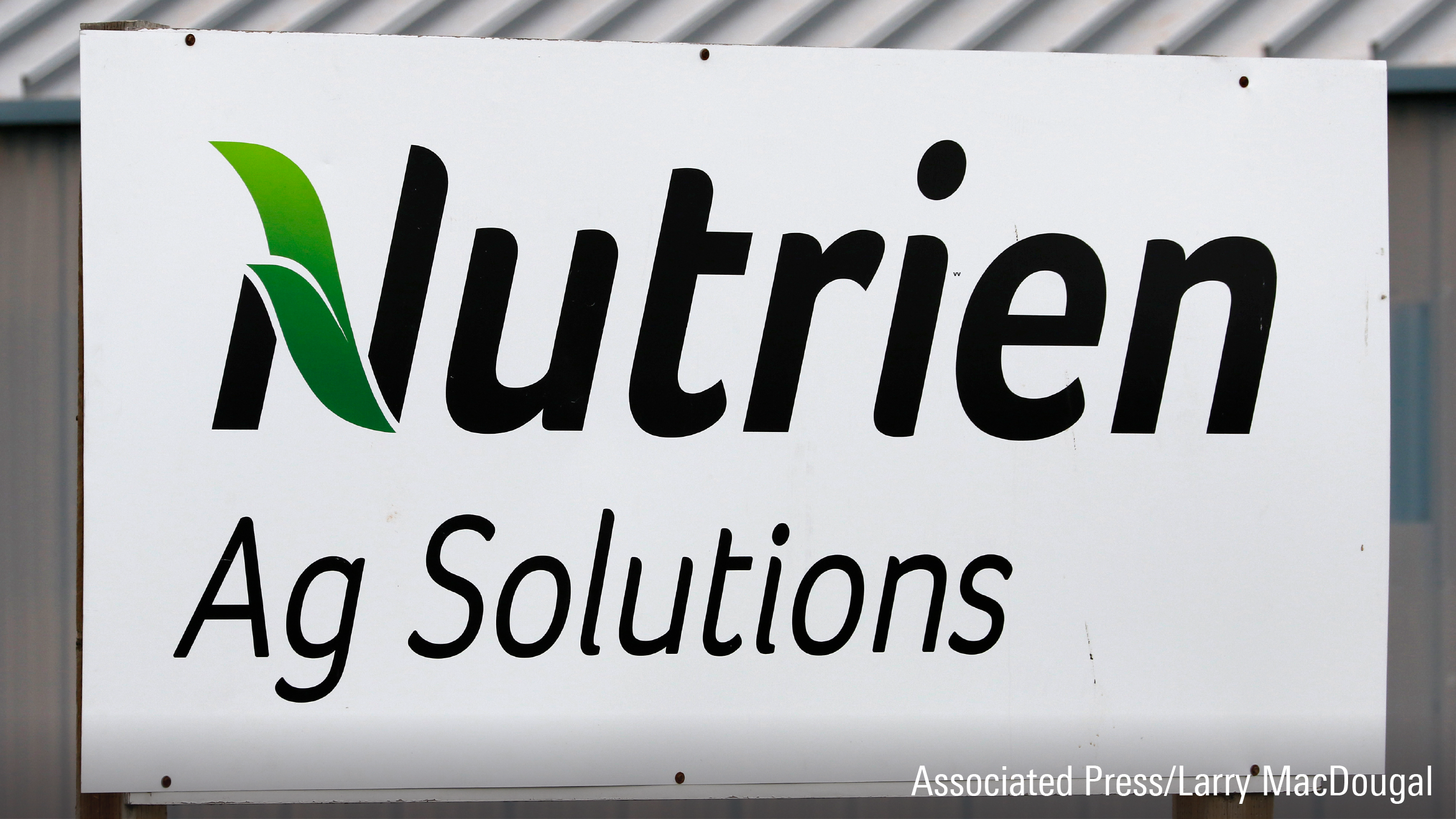Investing prior to retirement is a walk in the park compared with investing in the so-called decumulation phase. In the accumulation phase, the tried-and-true mantras of saving early and often and maintaining a diversified portfolio will get you 95% of the way there (and maybe even further).
But managing your portfolio in retirement requires you to sort through many more complex variables, including whether you've saved enough to retire, how much you can safely withdraw without running out of money, and what your in-retirement asset allocation should look like. Add in the current headwinds of low bond yields and worries about future volatility in bonds, and it's no wonder so many retirees are worried about their futures.
The bucket strategy I've been writing about during the past few years creates a simple framework for addressing at least some of these challenges. At its most basic, the bucket approach as envisioned by financial-planning guru Harold Evensky includes two major buckets--one holding liquid assets for living expenses and the other holding longer-term assets such as stocks and bonds. By carving out an adequate pool of liquid reserves for living expenses, the thinking goes, a retired investor can readily ride out the volatility inherent in his or her long-term assets.
In a previous column I supplied a sample "bucket" portfolio composed of Morningstar's mutual fund picks, but that article also sparked questions about the logistics and specifics of bucket portfolios. I'll address some of them here.
Your bucket portfolio includes one to two years' worth of living expenses in cash, but cash yields are nonexistent. Can I reduce the cash stake and use bonds instead?
While maintaining a dedicated liquidity pool (bucket 1) is central to the bucket approach, cash has been close to "dead money" during the past few years while bonds have performed much better. Nonetheless, those who leave cash in search of higher yields should do so with extreme care. Yields on cash alternatives like short-term bonds are pretty skimpy, too, yet such vehicles could be somewhat vulnerable to interest-rate and credit-related shocks--in contrast with true cash vehicles.
In lieu of holding two years' worth of living expenses in cash, you might instead consider building a two-part liquidity pool: one year's worth of true cash (guaranteed investment certificates, money market funds, checking and savings account assets, and so on) and another year's worth of living expenses in a high-quality short-term bond fund like TD Short Term Bond, where volatility has historically been pretty low and management has the latitude to range across different bond market sectors.
How do I reconcile the cash stakes in the bucket approach with the cash stakes that appear in many asset-allocation frameworks?
The bucket strategy aims to address the fact that the amount of cash you hold in retirement is a personal decision, driven first and foremost by your income needs. To determine how much to hold in cash, start by totalling your annual income needs, then subtract your expected income from other sources such as Old Age Security or a pension. The amount left over is what you'll need your portfolio to replace each year and should drive the amount of cash you hold in bucket 1. For example, let's say a retiree needs $42,000 in income per year, $18,000 of which is coming from the government and the remainder from her portfolio. On day 1 of retirement, she'll want to have between $24,000 (one year's living expenses) and $48,000 (two years) of her portfolio in cash.
Asset allocation models typically include cash, even for younger investors, but those stakes are there to improve the risk/reward characteristics of the long-term portfolio, not to serve as liquid assets to meet spending needs. If you hold actively managed funds in your portfolio, chances are your long-term portfolio includes some cash already; you probably don't need to carve out a separate stake in your long-term holdings.
I'm an income-focused investor and want to avoid invading my principal. How do income-producing securities fit into the bucket framework?
One common source of confusion with total-return-oriented strategies like bucketing is that you're ignoring income producers and instead constantly digging into your principal to meet your living expenses. However, the bucket approach gives you a lot of leeway about how you refill bucket 1. One of the main ways to do so is to have income from your bonds and dividend-paying stocks flow directly into that bucket. If, after a year of taking in dividend and bond payments, bucket 1 is full, you're all set. But if that amount isn't sufficient to meet your living expenses for the year ahead, you can sell securities. Such periodic selling might be desirable to restore your portfolio to its asset-allocation targets.
The past three years provide a good example of a period when such rebalancing-related selling would be desirable: Bucketers may have found the income from their bond and dividend payers insufficient to meet their income needs, but strong equity performance could mean that it's necessary to trim long-term holdings.














